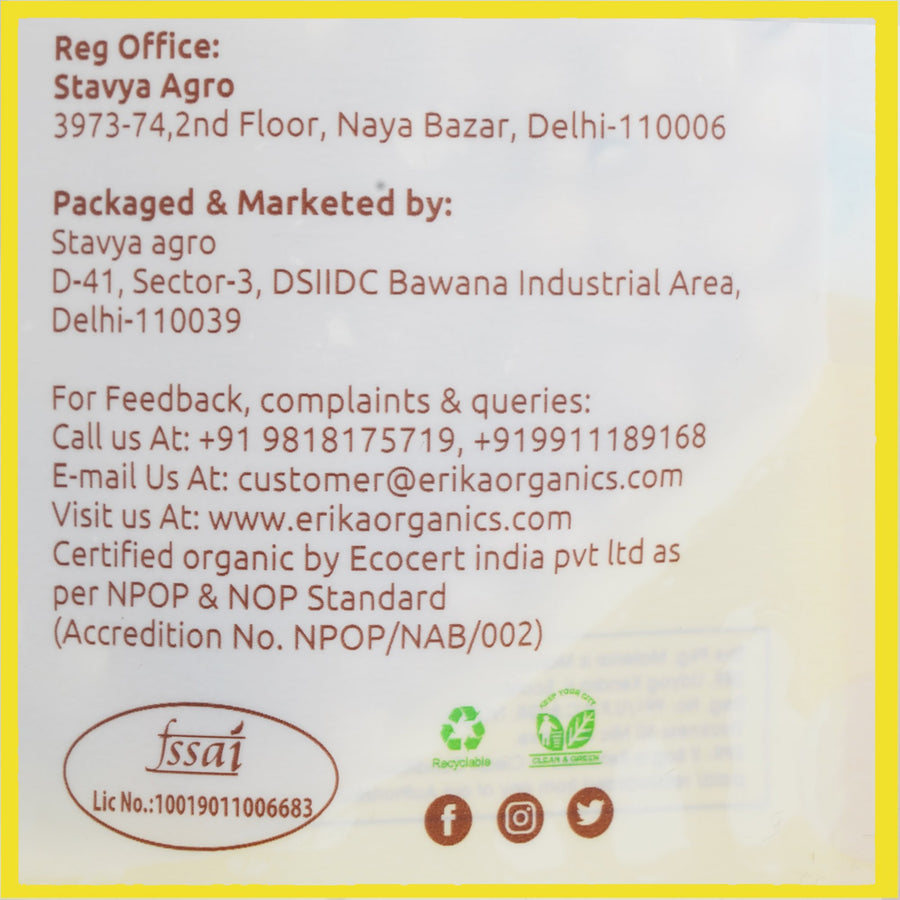Description
Pearl millet plant was probably domesticated as a food crop some 4000 to 5000 years ago along the southern margins of the central highlands of the Sahara. It has since become widely distributed across the semiarid tropics of Africa and Asia.
Pearl millet has traditionally been an important grain, forage, and stover crop primarily in the arid and subtropical regions of many developing countries. Pearl millet is well adapted to growing areas characterized by drought, low soil fertility, and high temperature. Because of its tolerance to difficult growing conditions, it can be grown in areas where other cereal crops, such as maize or wheat, would not survive.
This millet possess phytochemicals that lower cholesterol. It also contains foliate, magnesium, copper, zinc and vitamins E and B-complex. It has high energy content compared to other millets. It is also rich in calcium and unsaturated fats which are good for health.

























